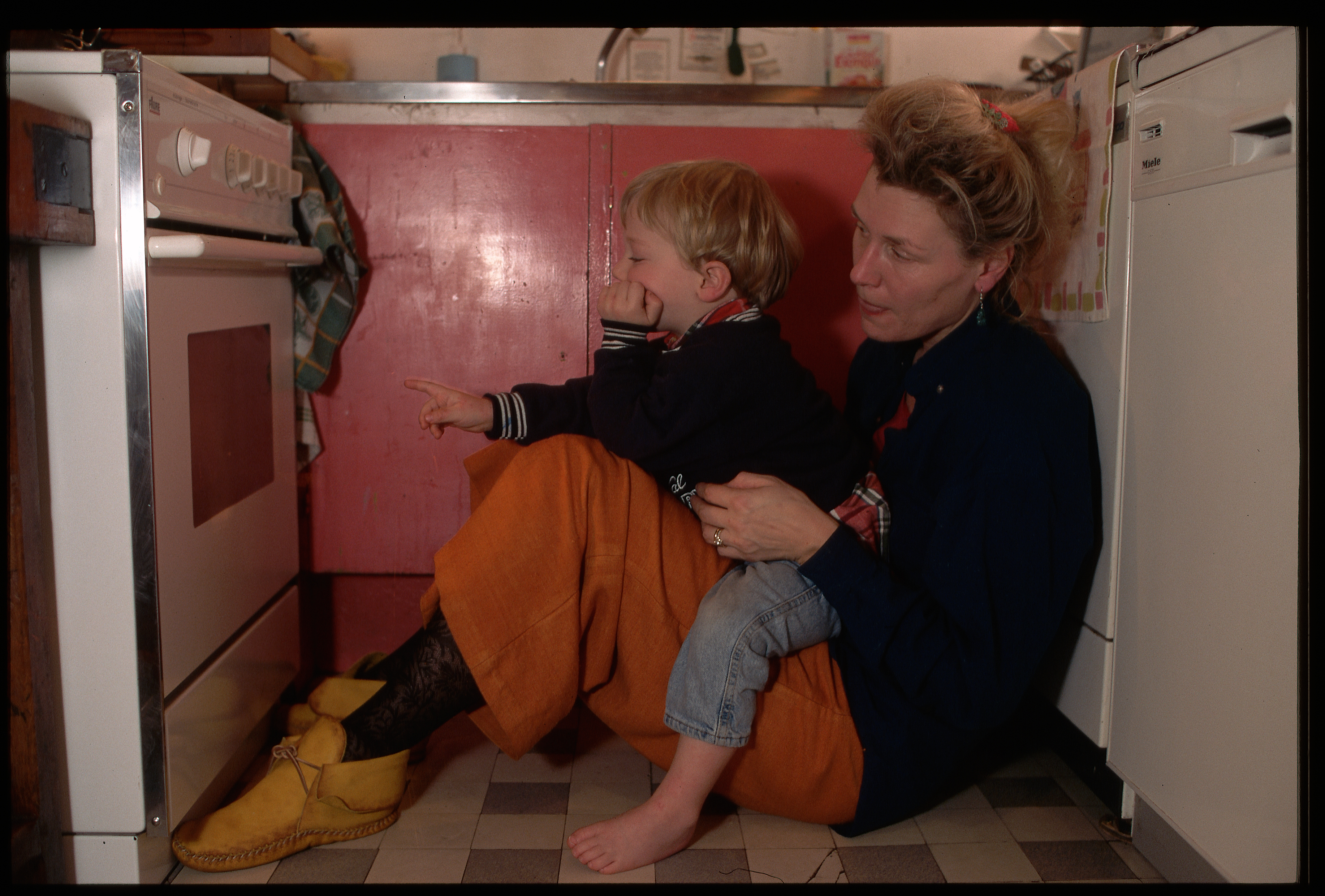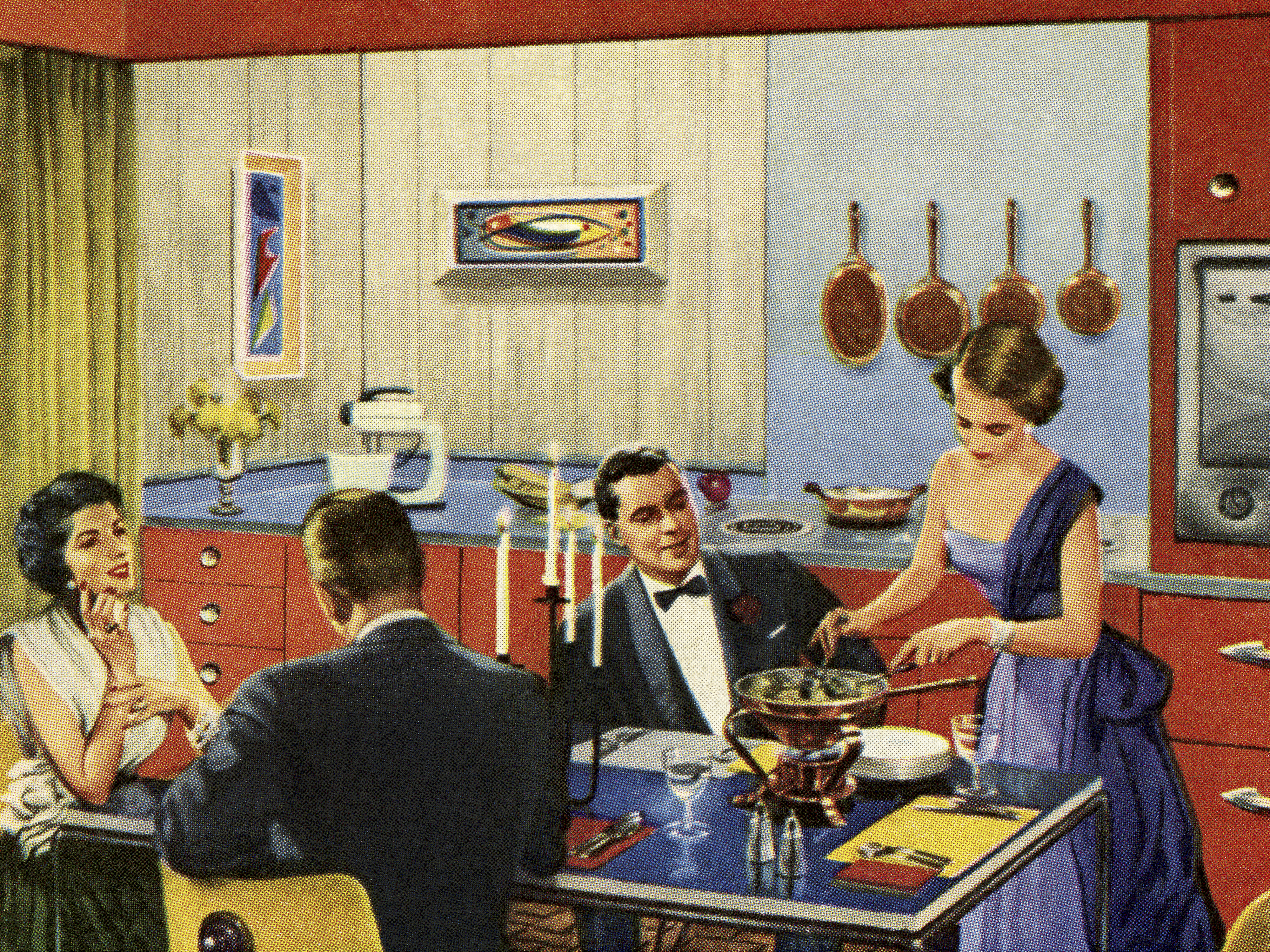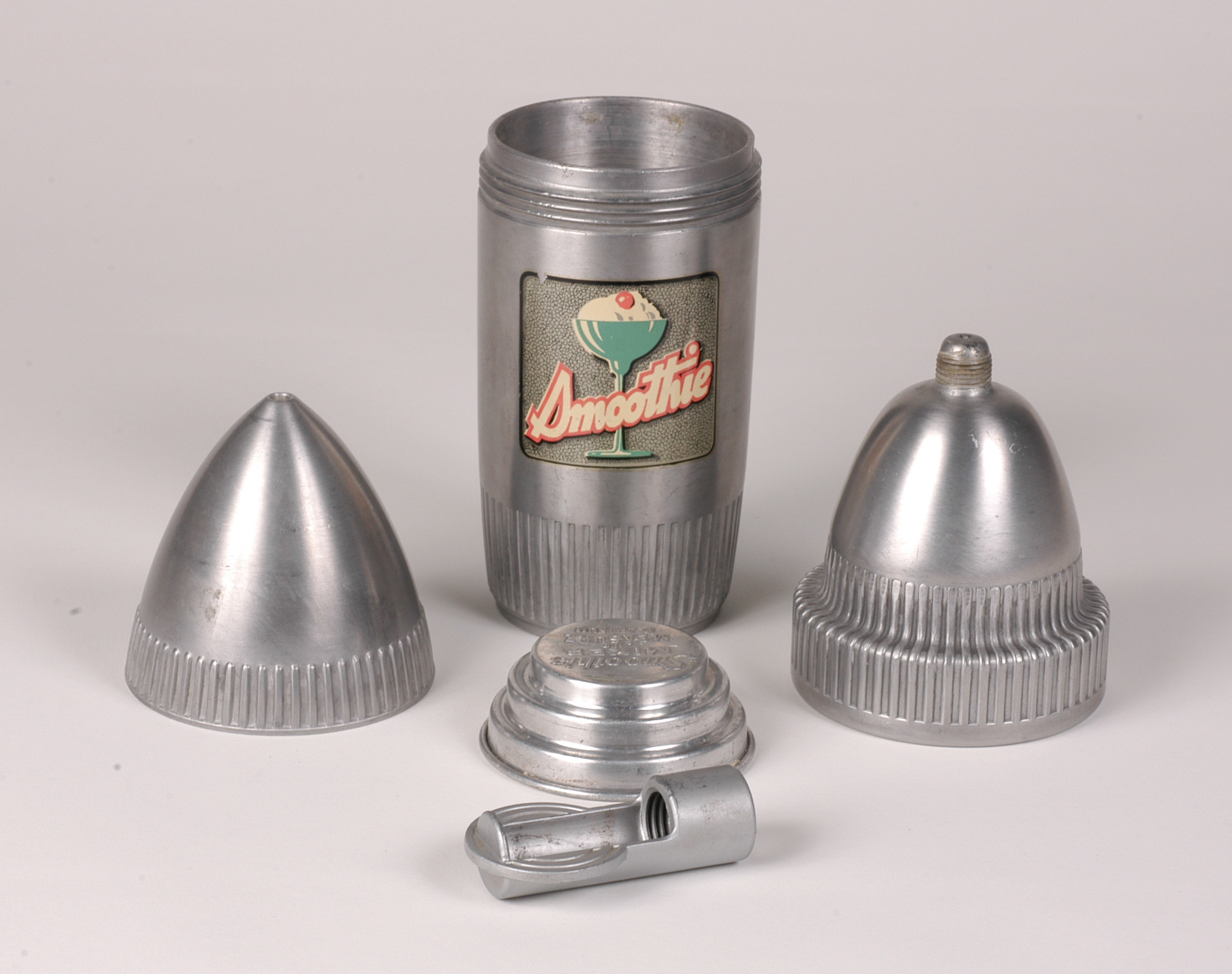


Are you sure you want to reset the form?
Your mail has been sent successfully
Are you sure you want to remove the alert?
Your session is about to expire! You will be logged out in
Do you wish to stay logged in?
‘Happiness is a small house, with a big kitchen’ — a quote attributed to Alfred Hitchcock. Whilst this thriller director is not readily associated with domesticity, and the sentiment may be a simplification, kitchens are without doubt meaningful places. Hearths of the family home, epicentres for human sustenance, cooking pots for gender tensions, hubs for technological trials and sinks of dirty washing ̶ kitchens are the backdrop for both empowerment and entrapment. A shiny surface might not be all it seems and a solid splash back panel is worth the investment.
This piece will bring together a variety of free content from Bloomsbury Food Library, exploring the plethora of cultural significance that can be found in the cupboards of these imperative and complex domestic spaces.

The Kitchen is a discursive space where ideologies of masculinity and femininity are solidified. Ellen Cox astutely argues in this chapter from Food, Masculinities, and Home: Interdisciplinary Perspectives (2017), that the saturation of male celebrity chefs and male cooking personalities, somewhat counterintuitively, helps to solidify the long dominant gender ideology that constructs domestic foodwork as the purview of women. Despite shifting gender expectation in other aspects of men and women’s lives, sociological literature presents women's cooking as an “other-orientated responsibility” directed towards the health and comfort of loved ones, whilst male cooking is “self-orientated leisure”. When females are given the opportunity to appear on television, they are presented as domestic cooks, emphasising the responsibility of preparing family dinners. Cox suggests we have entered an “ideological fantasy” where we are able to convince ourselves that our actions are already much closer to the ideals we endorse – whilst men have been positively empowered to enjoy cooking, that has not by proxy allowed women to liberate themselves from the domestic kitchen without complication and obstacle.

Whilst gadgets such as Wi-Fi enabled chopping boards and AI kitchen assistants are exciting in their novelty, Tania Lewis, in this chapter of Digital Food: From Paddock to Platform (2020), cautions that a hyperfocus on high-tech appliances and connected devices, encourages a society of individualism and consumerism. For example, the ‘smart fork’ can be viewed as a symbolic assignment of responsibility for tackling obesity onto the individual rather than public bodies, whilst the notion of food delivery drones, risks the employment of a large group of human food deliverers. Kitchen tech may offer efficiency and ease of living, but the exchange is that our behaviours and data becomes commodified, and under the control of large companies. Data is not neutral, but situated in social and cultural contexts. Additionally, e-waste and the energy required to produce digital kitchen technologies also needs to be taken into consideration when deciding how much we integrate it into our kitchens. Lewis envisions a future where advances in technology move beyond ‘smart kitchens’ and are used to create more “global and collective opportunities for sharing culinary knowledge, pleasure and skills”.

A kitchen’s appearance and function are shaped by cultural, societal and political factors. Susan Parham proposes in this chapter from Food and Urbanism (2015) that kitchens are ultimately intertwined “with the events and transformations at wider scales that are understood as public”, with cultural and religious mores moulding the space. By example, Italian immigrant women in post-war United States and Canada often had both an upstairs kitchen to demonstrate success in their adopted lives, and a basement kitchen for cooking and feeling at home.
Across the twentieth century, kitchens have been “...metaphors for modernism and microcosms of new consumer regimes”; places where one can express status and social capital through food and entertaining. Moreover, issues including poverty intersect with design. In Belgium’s 1930s experience of the ‘rational kitchen’, it was within architectural discourse and among bourgeois and middle-class women that these ideas were received most positively (Van Caudenberg and Heynen 2004: 24). Meanwhile, Belgium’s working-class and countrywomen continued to prefer a living-kitchen space in which family eating, socializing and relaxing could all take place in one large room. Symbiotically, kitchens shape us, and we shape kitchens.

No two kitchens are the same: across the globe, one can detect an array of purpose and significance in these domestic spaces. Michael J. Pettid carefully traces the evolution of the Korean kitchen space in this chapter from Korean Cuisine: An Illustrated History (2008), making note of the gender dimensions shaping the space. In Korean homes of the nineteenth century, kitchens were located next to the female quarters, called the anbang in the inner parts of the house, with the heat of the kitchen hearth warming the anbang. The well-being of the kitchen, and thus the family, was regulated in the folk beliefs of pre-modern Korea by the female kitchen god (chowang kaksi), with the eldest woman in the house making a daily offering to the God.
Grain and rice held great value and were locked up in a wooden chest: the transfer of the rice chest key from mother-in-law to daughter-in-law was the final step in acknowledging her control of her husband’s household. In Chosŏn society meals were not served in the kitchen – tables of food were carried to the men’s quarters, with women eating after in their quarters. Traditional Korean Kitchens were a result of Confucian notions concerning gender and sex separation.

Bare cupboards and empty drawers are truly amiss in domestic bliss! Kitchen utensils and appliances vary hugely based on time period, location and culture. Bloomsbury Food Library's image collection from the Culinary Arts Museum at Johnson & Wales University provides images of exciting 20th century kitchen objects. Marvel at a Smoothie Instant Home Mixer from 1946 and its accompanying packaging — ‘Delicious Frozen Desserts for the Entire Family’, and examine a Stanley water bottle from 1953...before the bottle model enjoyed its 21st century TikTok fame!
If you’ve enjoyed this taster of what the Bloomsbury Food Library has to offer, why not let your librarian know about this new collection? Recommend it to your librarian here.